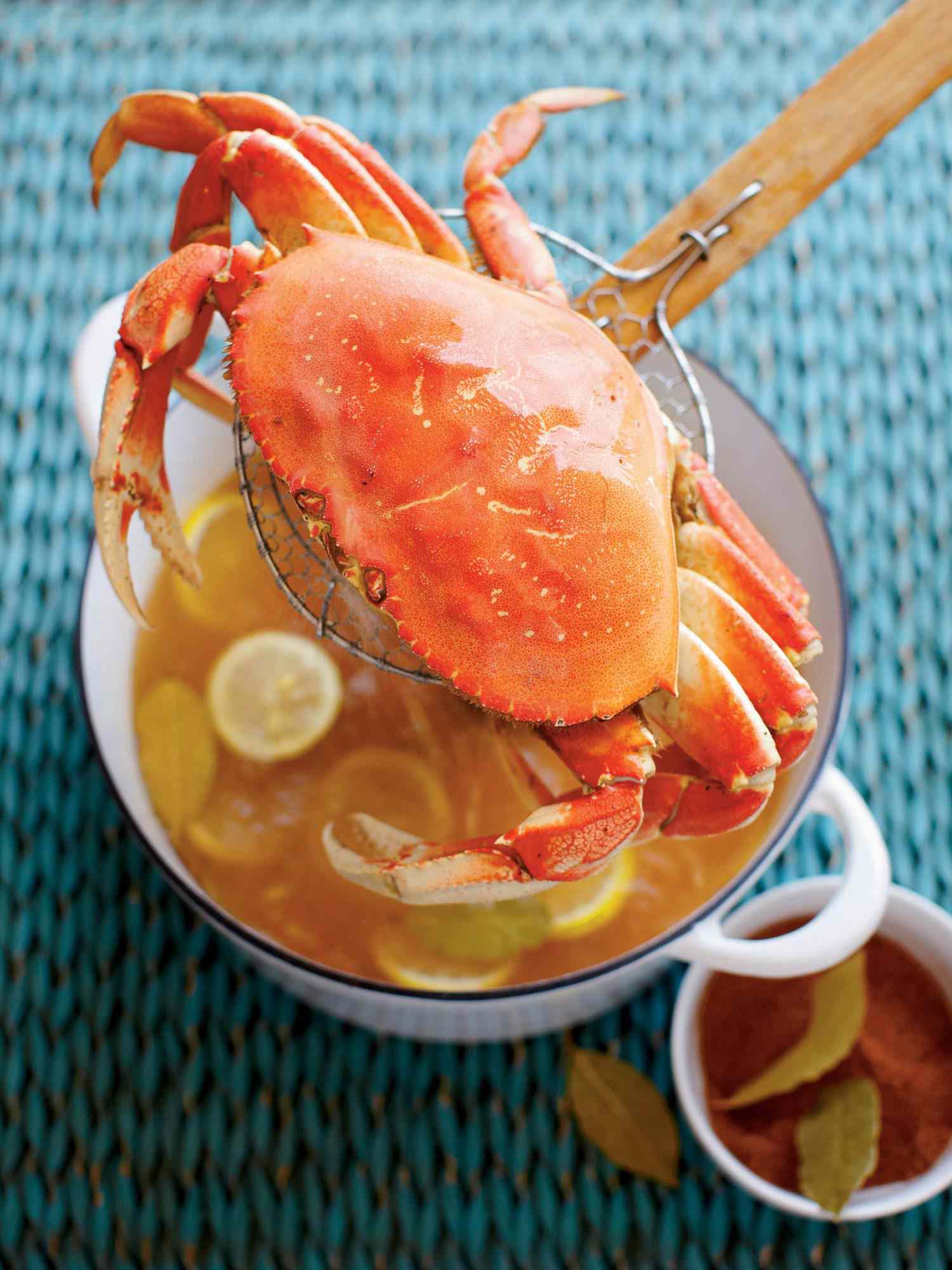

Articles
How To Store Cooked Crabs
Modified: February 23, 2024
Learn how to store cooked crabs properly with these helpful articles. Explore techniques and tips for keeping your crabs fresh and delicious.
(Many of the links in this article redirect to a specific reviewed product. Your purchase of these products through affiliate links helps to generate commission for Storables.com, at no extra cost. Learn more)
Introduction
Welcome to the world of seafood enthusiasts! If you’ve ever had the pleasure of indulging in a delicious serving of freshly cooked crabs, you know that their delicate flavor and succulent meat can be a culinary delight. However, ensuring the longevity and quality of cooked crabs requires proper storage techniques. In this article, we will explore the importance of storing cooked crabs correctly and share some valuable tips to help you preserve their flavor and texture.
When it comes to seafood, freshness is key. Whether you’ve caught the crabs yourself or purchased them from a trusted seafood market or restaurant, you’ll want to savor their incredible taste for as long as possible. Improper storage can quickly lead to crab meat deteriorating, losing its sweetness, and becoming dry and rubbery.
So why is proper crab storage so essential? First and foremost, it helps maintain the flavor and texture of the meat. When cooked crabs are exposed to the wrong conditions, they can develop an off-putting odor and flavor, making them unappetizing to eat. Additionally, improper storage can also increase the risk of foodborne illnesses caused by bacteria and spoilage.
To ensure the delectable taste of your cooked crabs remains intact, it’s crucial to understand the best storage methods. Whether you plan to enjoy them the next day or save them for a special occasion, the following tips will help you keep your cooked crabs fresh and tasty.
Key Takeaways:
- Proper storage of cooked crabs is essential to maintain flavor, texture, and safety. Follow best practices for refrigeration, freezing, pickling, and canning to enjoy delicious crabs for an extended period.
- Start with fresh crabs, cook thoroughly, and follow recommended storage times. Whether refrigerating, freezing, pickling, or canning, proper techniques ensure cooked crabs remain fresh, flavorful, and safe to eat.
Read more: How To Store Mussels
Importance of Proper Crab Storage
Proper crab storage is of utmost importance to maintain the quality, flavor, and safety of cooked crabs. Here are a few key reasons why you should pay careful attention to how you store them:
- Preserve Flavor and Texture: Cooked crabs are known for their delicate and delectable meat. By storing them properly, you can help preserve their flavor, texture, and tenderness. This means that when you’re ready to enjoy them, they will still taste as delicious as when they were freshly cooked.
- Prevent Bacterial Growth: Like all perishable foods, cooked crabs can harbor harmful bacteria if not stored correctly. Bacterial growth can result in foodborne illnesses such as salmonella or botulism, causing unpleasant symptoms and potentially serious health risks. Proper storage helps minimize the risk of bacterial growth and keeps you safe from foodborne illnesses.
- Extend Shelf Life: By implementing the right storage techniques, you can extend the shelf life of cooked crabs. This means you can enjoy them for a longer period, reducing waste and maximizing your investment.
- Save Money: Crabs can be a luxurious and expensive treat, so it’s essential to store them properly to avoid any potential spoilage. By taking care of your cooked crabs and preventing them from going bad, you can save money by avoiding unnecessary food waste.
- Enjoyment at Any Time: Properly stored cooked crabs offer the convenience of enjoying them at any time. Whether you want to relish them the next day or have a sumptuous crab feast a few weeks later, following proper storage techniques ensures that you can savor the taste of cooked crabs whenever the craving strikes.
Now that we understand the importance of proper crab storage, let’s delve into some effective tips for storing cooked crabs to maintain their quality and taste.
Tips for Storing Cooked Crabs
When it comes to storing cooked crabs, it’s essential to follow some simple yet effective guidelines to keep them fresh and flavorful. Here are some helpful tips:
- Clean the Crabs: Before storing cooked crabs, ensure that they are properly cleaned. Remove any shells, claws, or other inedible parts. Rinse the crab meat gently with cold water to remove any excess debris or seasoning.
- Choose the Right Storage Container: Opt for an airtight container or tightly sealed freezer bag to store your cooked crabs. The container should be large enough to hold the crabs without crushing or squishing them.
- Use Fresh Ingredients: If you plan to store the crabs in a marinade or sauce, make sure to use fresh, high-quality ingredients. This will help enhance the flavor and prevent any unwanted spoilage.
- Refrigerate or Freeze Promptly: After cleaning and preparing the crabs, refrigerate or freeze them as soon as possible. Promptly cool the crabs to reduce the risk of bacterial growth and maintain their freshness.
- Label and Date: If you’re storing the crabs in the freezer, be sure to label the container or bag with the date of freezing. This will help you keep track of their freshness and ensure you use them within a reasonable time frame.
- Follow Recommended Storage Times: To maintain optimal flavor and quality, it’s important to adhere to recommended storage times. Cooked crabs can generally be refrigerated for up to 3-4 days or frozen for up to 3 months. However, the exact duration may vary depending on factors such as the freshness of the crabs and the storage conditions.
- Keep the Temperature Consistent: Whether you’re refrigerating or freezing the cooked crabs, it’s crucial to maintain a consistent temperature. Avoid frequent temperature fluctuations by keeping your refrigerator or freezer door closed and regulating the temperature as recommended.
- Thaw Properly: When you’re ready to enjoy your frozen cooked crabs, thaw them safely in the refrigerator overnight. This slow thawing process helps maintain the texture and flavor of the meat. Avoid thawing them at room temperature or using hot water, as this can lead to a loss of quality and promote bacterial growth.
- Inspect Before Consumption: Before consuming stored cooked crabs, always inspect them for any signs of spoilage, such as an unpleasant odor, sliminess, or discoloration. If you notice any of these signs, it’s best to discard them to prevent any potential foodborne illnesses.
By following these tips, you can ensure that your cooked crabs remain fresh, flavorful, and safe to eat. Now, let’s explore some popular methods for storing cooked crabs, including refrigeration, freezing, pickling, and canning.
Method 1: Refrigeration
Refrigeration is one of the most common and convenient methods for storing cooked crabs, allowing you to enjoy them for a few days while maintaining their flavor and texture. Follow these steps to refrigerate your cooked crabs:
- Cool the Crabs Quickly: After cooking the crabs, allow them to cool to room temperature for about 20-30 minutes. This helps prevent condensation and moisture buildup in the container, which can lead to spoilage.
- Place in an Airtight Container: Transfer the cooled crabs to an airtight container, such as a plastic or glass food storage container. Make sure the container is large enough to accommodate the crabs without crushing them, and leave some space at the top for expansion.
- Add Moisture: To prevent the crabs from drying out, you can lightly drizzle some cold water or a bit of their cooking liquid over the meat before sealing the container.
- Label and Date: It’s a good practice to label the container with the date of storage. This helps you keep track of the freshness and ensures that you consume the crabs within the recommended time frame.
- Place in the Coldest Part of the Refrigerator: Put the sealed container of cooked crabs in the coldest part of your refrigerator, such as the back or bottom shelf. This ensures a consistently cold temperature, which helps prevent the growth of bacteria.
- Consume Within 3-4 Days: Cooked crabs can typically be stored in the refrigerator for up to 3-4 days. However, it’s advisable to consume them as soon as possible to enjoy the best flavor and quality.
Remember to handle the container with care and avoid opening it unnecessarily to maintain the temperature and reduce the risk of contamination. Before consuming the refrigerated crabs, give them a visual and smell check. Discard any crabs that show signs of spoilage.
Refrigeration is a convenient method for short-term storage of cooked crabs. However, if you wish to store them for an extended period, freezing is a better option. Let’s explore the next method, freezing, to preserve the crabs for a more extended period of time.
Method 2: Freezing
Freezing is a great option if you want to store cooked crabs for an extended period. Proper freezing helps preserve their flavor and texture, allowing you to enjoy them at a later time. Follow these steps to freeze your cooked crabs:
- Cool the Crabs: Allow the cooked crabs to cool completely at room temperature after cooking. This prevents condensation and ice crystals from forming during the freezing process.
- Prepare the Crabs for Freezing: Remove the crab meat from the shell if desired, or freeze the crabs whole. If you choose to remove the meat, place it in a freezer-safe container or bag. Ensure that the container or bag is airtight to prevent freezer burn.
- Wrap for Protection: If you’re freezing whole crabs, individually wrap each crab tightly with plastic wrap or aluminum foil. This provides an extra layer of protection against freezer burn and helps maintain the quality of the meat.
- Place in Freezer Bags: Transfer the wrapped crabs or containers into freezer bags. Squeeze out any excess air before sealing the bags tightly. This further reduces the risk of freezer burn and preserves the flavor of the crabs.
- Label and Date: Properly label the freezer bags with the date of freezing. This helps you keep track of their freshness and ensures that you use them within a reasonable time frame.
- Store in the Freezer: Place the freezer bags in the coldest part of your freezer, such as the back or bottom shelf. The low temperature ensures a quick freeze, preserving the quality of the cooked crabs.
- Thaw Safely: When you’re ready to enjoy your frozen cooked crabs, thaw them safely in the refrigerator overnight. Slow thawing helps maintain the texture and flavor of the meat, ensuring a delicious eating experience.
- Consume Within 3 Months: Cooked crabs can generally be stored in the freezer for up to 3 months without significantly compromising their quality. However, for the best flavor and texture, it’s recommended to consume them within the first month.
Properly frozen cooked crabs should maintain their taste and quality when thawed and prepared correctly. Always inspect the thawed crabs for any signs of spoilage before consumption. If the crabs show any signs of an off-putting odor, sliminess, or discoloration, it’s best to discard them to prevent any potential foodborne illnesses.
Now that you know how to refrigerate and freeze cooked crabs, let’s explore two more methods—pickling and canning—for preserving their delightful flavors.
After cooking crabs, store them in the refrigerator in an airtight container or resealable plastic bag. They can be kept for up to 3 days before consuming or freezing.
Read more: How To Store Oysters
Method 3: Crab Pickling
Another method to store cooked crabs and infuse them with tangy flavors is through pickling. Pickling not only extends the shelf life of the crabs but also creates a delicious and versatile seafood delicacy. Here’s how you can pickle cooked crabs:
- Clean the Crabs: Start by cleaning the cooked crabs thoroughly, removing any shells or inedible parts. Rinse the crab meat gently with cold water to ensure they are free from any debris or seasoning.
- Prepare the Brine: In a non-reactive pot, combine equal parts water and white vinegar. Add some salt, sugar, and your preferred pickling spices such as bay leaves, mustard seeds, peppercorns, and cloves. Bring the brine to a boil and let it simmer for a couple of minutes to infuse the flavors.
- Add the Crabs to the Brine: Place the cleaned crabs in a glass jar or a pickling crock. Pour the hot brine over the crabs, fully submerging them. Make sure the crabs are not packed too tightly, allowing the brine to penetrate all parts of the crab.
- Cover and Cool: Let the jar or crock cool to room temperature. Then, cover it with an airtight lid or a layer of plastic wrap secured with a rubber band. Refrigerate the container for at least a week to allow the flavors to develop. The longer you let them pickle, the stronger the flavors will be.
- Enjoy: After the pickling period, the crabs are ready to be enjoyed. They can be served as a tasty snack, added to salads or sandwiches, or used in various recipes to add a tangy twist.
It’s important to note that pickled crabs should be consumed within a few weeks to ensure their quality and flavor. Ensure that the pickled crabs are stored in the refrigerator at all times to prevent spoilage and maintain their freshness.
Now that you’ve learned how to pickle cooked crabs, let’s dive into the final method—canning—which offers a longer shelf life for your crab delicacies.
Method 4: Canning
Canning cooked crabs is an excellent way to preserve them for an extended period, allowing you to enjoy their delectable flavor throughout the year. Canning creates a sealed environment that prevents spoilage and maintains the quality of the crabs. Here’s how you can can cooked crabs:
- Prepare the Crabs: Start by cleaning the cooked crabs, removing shells, claws, and any other inedible parts. Rinse the crab meat gently with cold water to ensure it is free from any debris.
- Sterilize the Jars: Thoroughly clean the canning jars, lids, and bands in hot, soapy water. Rinse them well, then place them in a large pot. Fill the pot with water, making sure the jars are completely submerged. Bring the water to a boil and let the jars boil for 10 minutes to sterilize them. Remove the jars from the boiling water and set them aside to cool.
- Prepare the Brine or Liquid: In a separate pot, prepare a brine or liquid to add to the jars. You can use a simple mixture of water, vinegar, and salt or create your own flavorful liquid by adding spices, herbs, or even a marinade. Bring the brine or liquid to a boil, then reduce the heat and let it simmer for a few minutes to infuse the flavors.
- Pack the Jars: Place the cleaned crab meat into the sterilized jars, making sure not to overfill them. You can pack the crab meat tightly or leave some space if you prefer more liquid in the jar. Pour the hot brine or liquid over the crab meat, ensuring that the crab is fully covered with liquid and leaving a small headspace at the top of the jar.
- Seal the Jars: Wipe the rims of the jars with a clean, damp cloth to remove any residue. Place the flat lids on top of the jars and secure them with the bands. Make sure the lids are tightened but not overly tight. This creates a seal that will prevent bacteria from entering the jars during processing.
- Process the Jars: Depending on the size of the jars and the type of canning method you’re using, you’ll need to process the sealed jars in a water bath or pressure canner. Follow the specific guidelines for your canning equipment and the recipe you’re using to ensure safe and effective processing. Processing times can vary, so refer to reliable canning resources for accurate instructions.
- Cool and Store: After processing, carefully remove the jars from the canner and set them on a clean, dry towel. Allow the jars to cool naturally for 12 to 24 hours. During this time, the lids should seal, and you may hear a popping sound, indicating a successful seal. Once fully cooled, check the seals by pressing the center of the lids. If they don’t flex or pop, and there is no movement, the jars are properly sealed. Store the sealed jars in a cool, dark place for long-term storage.
Canned crab meat can last up to a year or longer when stored in ideal conditions. It’s important to label the jars with the contents and date of canning, so you can keep track of their freshness and ensure they are consumed within a reasonable timeframe.
Now that you’ve discovered how to can cooked crabs, you have a wonderful option for preserving their delicious flavors and enjoying them throughout the year.
With these effective storage methods, including refrigeration, freezing, pickling, and canning, you can confidently store your cooked crabs and prolong their delightful taste. Whether you plan to enjoy them in the near future or save them for a special occasion, following these tips and best practices will ensure that your cooked crabs remain fresh, flavorful, and safe to consume.
So go ahead and savor the culinary delight of cooked crabs, knowing that you have the knowledge and techniques to preserve their exquisite flavors for whenever the cravings strike!
Best Practices for Crab Storage
To ensure the optimal freshness and quality of your cooked crabs, it’s important to follow these best practices for crab storage:
- Start with Fresh Crabs: Begin with fresh, high-quality crabs. The quality of the crabs you start with will greatly impact the flavor and texture of the cooked meat.
- Cook the Crabs Properly: Ensure that the crabs are thoroughly cooked before storage. Follow a reliable recipe or cooking guidelines to ensure they are cooked to the appropriate internal temperature and time.
- Cool Quickly: After cooking, cool the crabs promptly to prevent the growth of bacteria. Place them in an ice bath or cool them at room temperature for about 20-30 minutes before storage.
- Properly Clean the Crabs: Clean the crabs properly, removing shells, claws, and any unwanted parts. Rinse the crab meat gently with cold water to remove any excess debris or seasoning.
- Choose the Right Storage Container: Use airtight containers or tightly sealed freezer bags for storage. Ensure that the container is large enough to hold the crabs without crushing them. This prevents the crabs from drying out and protects them from contamination.
- Label and Date: Label the storage containers or bags with the date of storage. This allows you to keep track of their freshness and ensures that you use them within a reasonable time frame.
- Store at the Right Temperature: Refrigerate cooked crabs promptly and keep them in the coldest part of the refrigerator. Maintain a temperature below 40°F (4°C) to prevent bacterial growth. If freezing, set the freezer temperature at or below 0°F (-18°C) for long-term storage.
- Follow Recommended Storage Times: Consume refrigerated cooked crabs within 3-4 days for the best flavor and quality. For frozen crabs, it’s recommended to consume them within 3 months, although they may remain safe to eat for a longer period.
- Inspect Before Consumption: Before consuming stored cooked crabs, examine them for any signs of spoilage such as an unpleasant odor, sliminess, or discoloration. If you notice any of these signs, it’s best to discard them to avoid potential foodborne illnesses.
- Thaw Properly: If you froze the crabs, always thaw them safely in the refrigerator overnight. Avoid thawing at room temperature or using hot water, as this can impact the quality and safety of the meat.
By following these best practices, you can prolong the freshness of your cooked crabs and enjoy them at their best. Remember, proper storage techniques play a crucial role in preserving the flavor, texture, and safety of the crabs, ensuring a delightful culinary experience.
Now that you’re equipped with these valuable tips and best practices for crab storage, go ahead and store your cooked crabs with confidence, knowing that they will be delicious and safe for future consumption.
With a little care and attention, your cooked crabs will remain a delectable treat that can be enjoyed whenever the craving for fresh seafood strikes!
Conclusion
Proper storage of cooked crabs is crucial for maintaining their flavor, texture, and safety. By following the tips and best practices outlined in this article, you can enjoy the delightful taste of cooked crabs for an extended period. Whether you choose to refrigerate, freeze, pickle, or can your cooked crabs, each method offers unique benefits depending on your storage needs and preferences.
Refrigeration is ideal for short-term storage, allowing you to savor the delicacy within a few days while preserving its quality. Freezing offers a longer shelf life, enabling you to enjoy cooked crabs months down the line. Pickling infuses tangy flavors into the crabs and adds versatility to your culinary creations. Canning provides a preserved treasure that can be enjoyed throughout the year.
Regardless of the method you choose, it’s important to start with fresh crabs, cook them thoroughly, and cool them quickly. Proper cleaning, selecting the right storage containers, and labeling with dates contribute to organized and efficient crab storage. It’s essential to store the crabs at the recommended temperature and duration, inspect them before consumption, and safely thaw them when needed.
By following these guidelines, you can maintain the delectable taste of cooked crabs, extend their shelf life, and avoid any potential health risks. Whether you’re planning a special seafood feast, saving some crabs for a later date, or looking for creative ways to use them, proper storage techniques will ensure that your cooked crabs remain fresh, flavorful, and safe to eat.
So, the next time you’re indulging in the pleasure of cooked crabs, remember the importance of proper storage and make use of the tips and methods outlined in this article. With a little care and attention, you can make your crab dishes the talk of the town and enjoy the exquisite flavors of cooked crabs whenever your cravings arise.
Now, go ahead and store your cooked crabs with confidence, knowing that you have the knowledge and techniques to keep them fresh, delicious, and ready to be enjoyed at any time!
Frequently Asked Questions about How To Store Cooked Crabs
Was this page helpful?
At Storables.com, we guarantee accurate and reliable information. Our content, validated by Expert Board Contributors, is crafted following stringent Editorial Policies. We're committed to providing you with well-researched, expert-backed insights for all your informational needs.
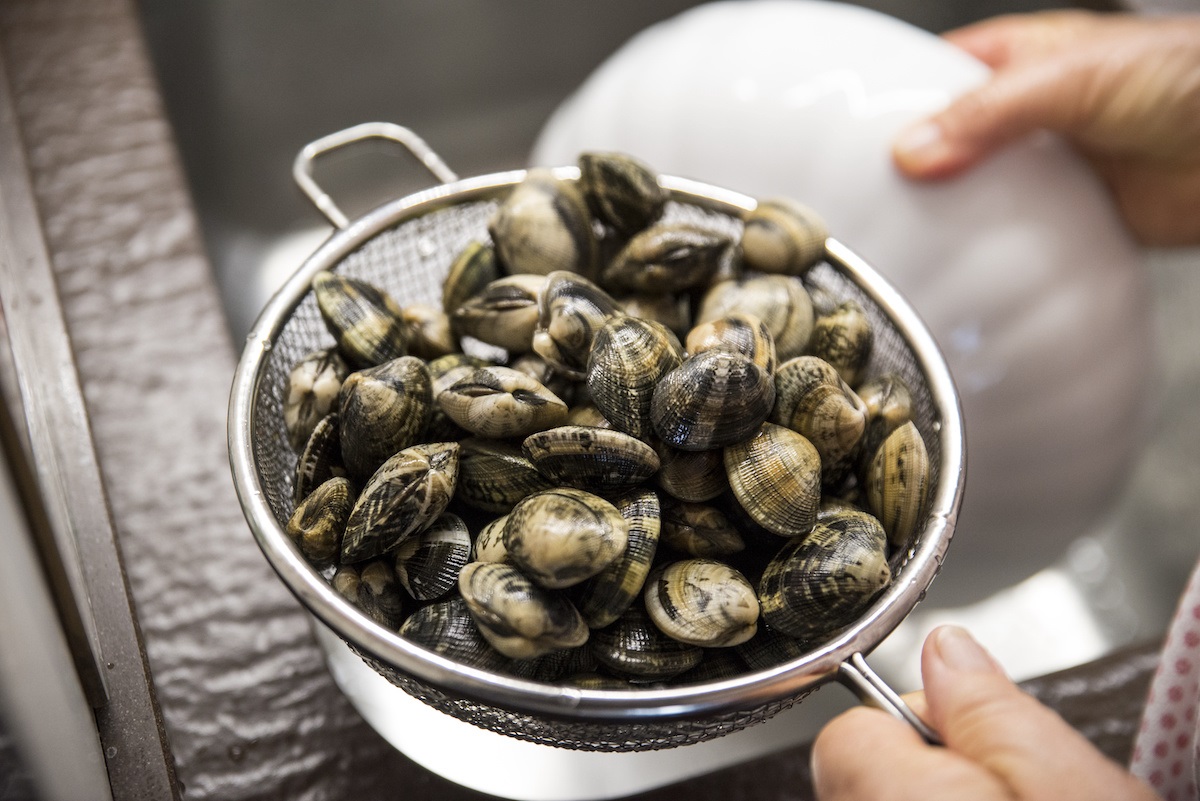
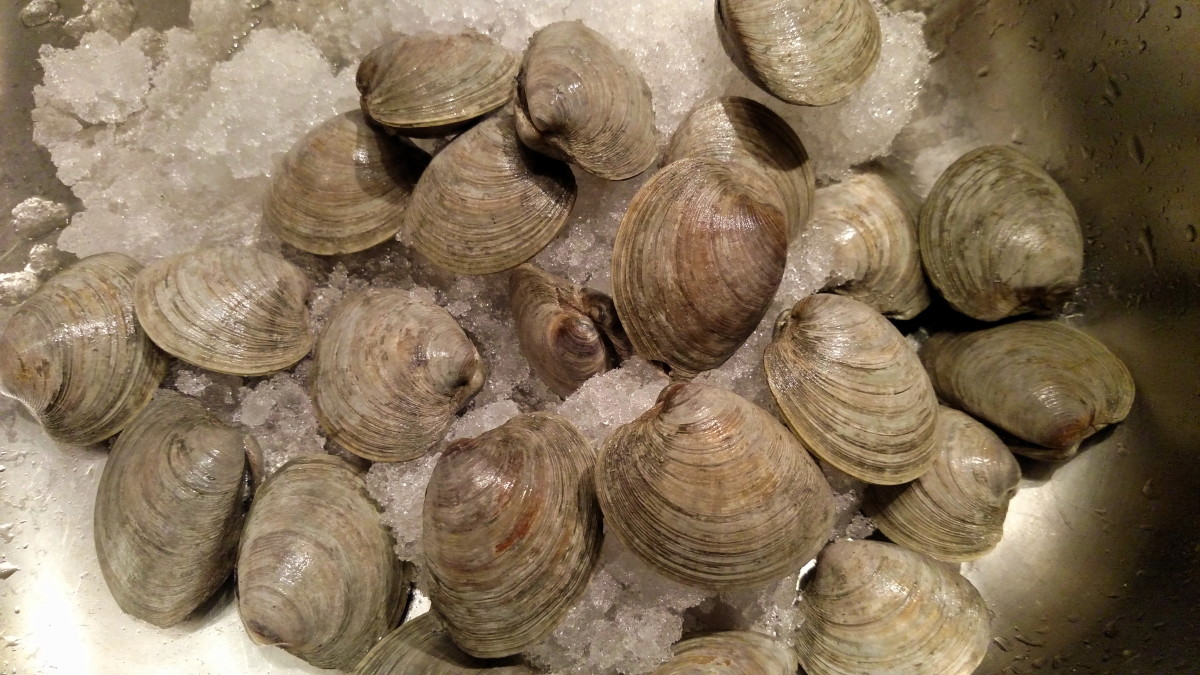
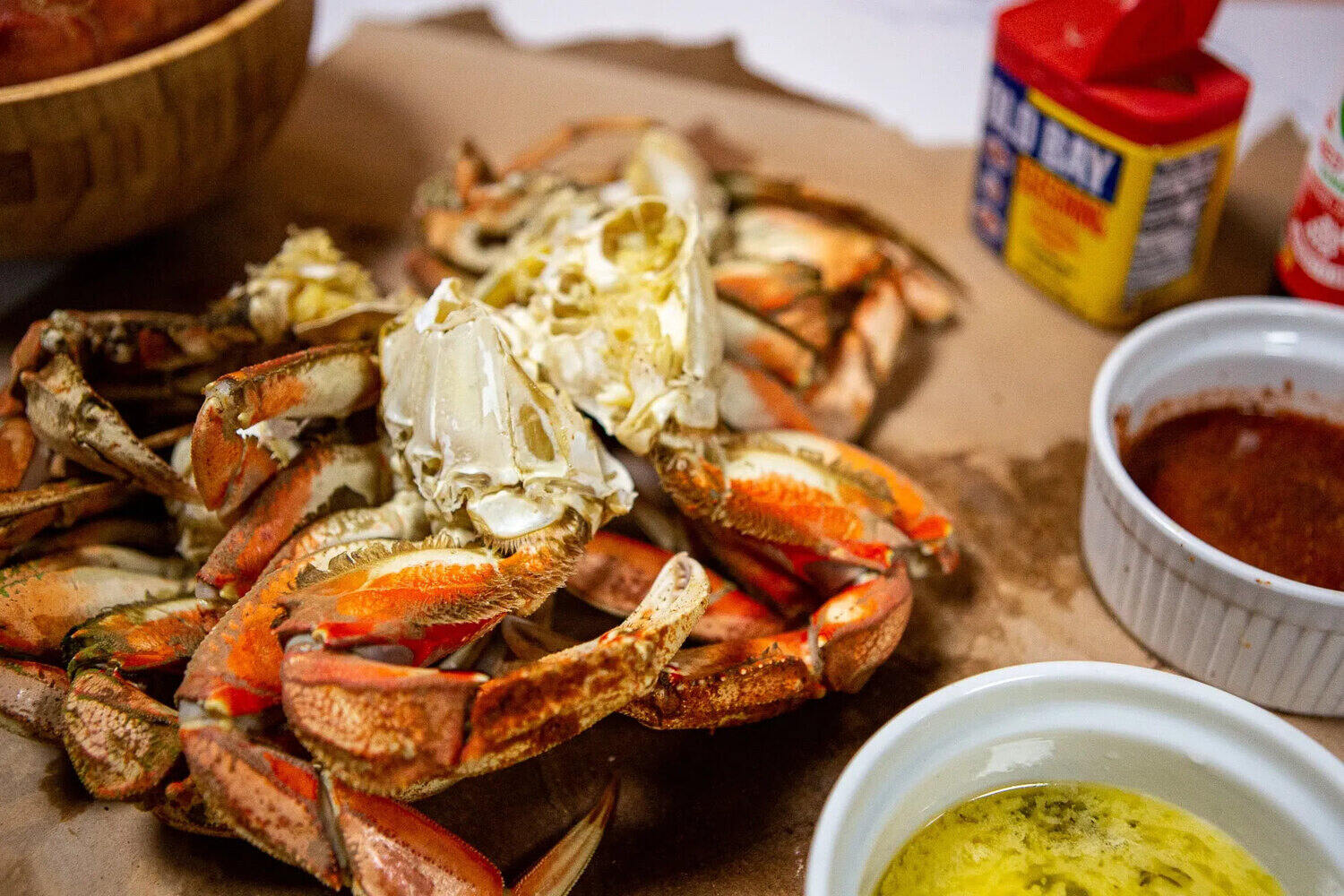
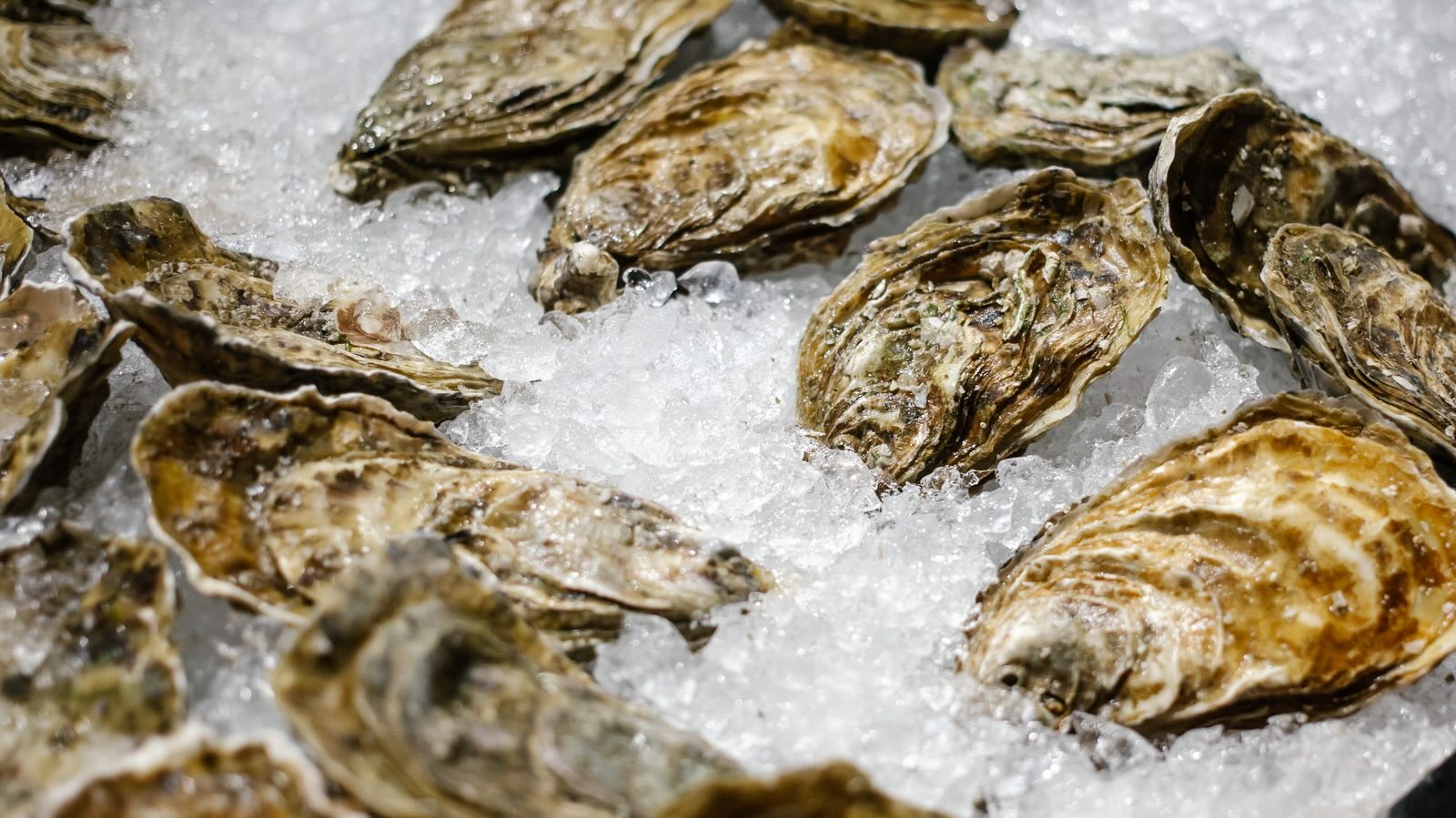
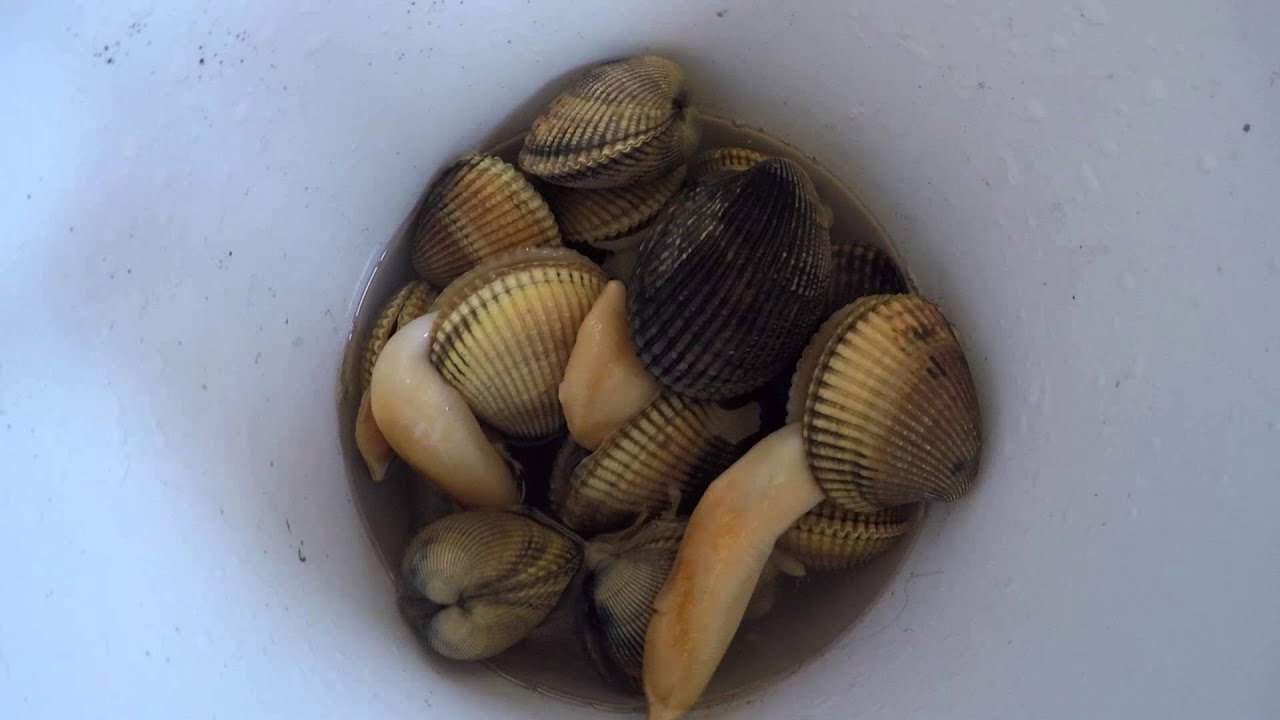
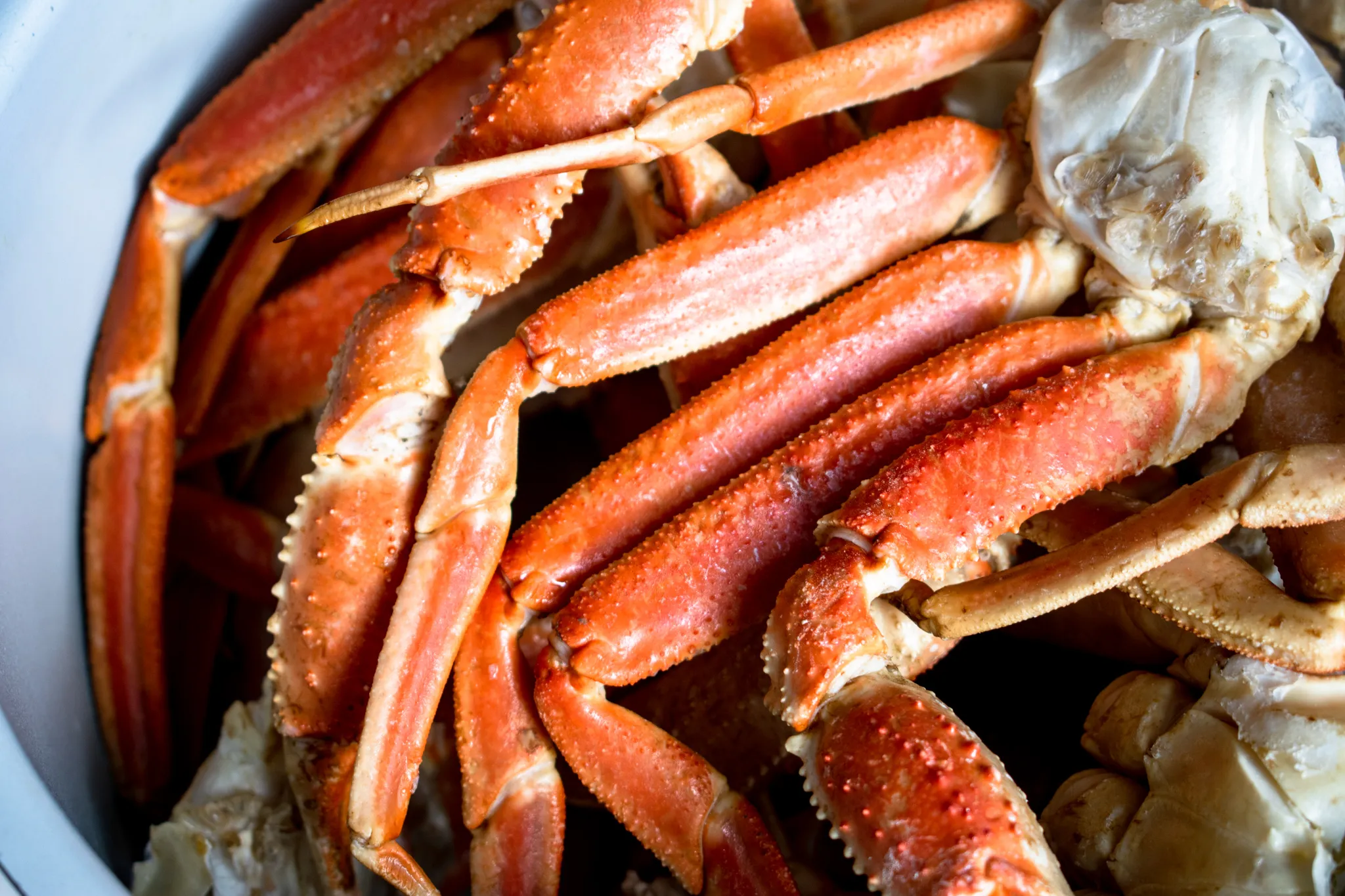
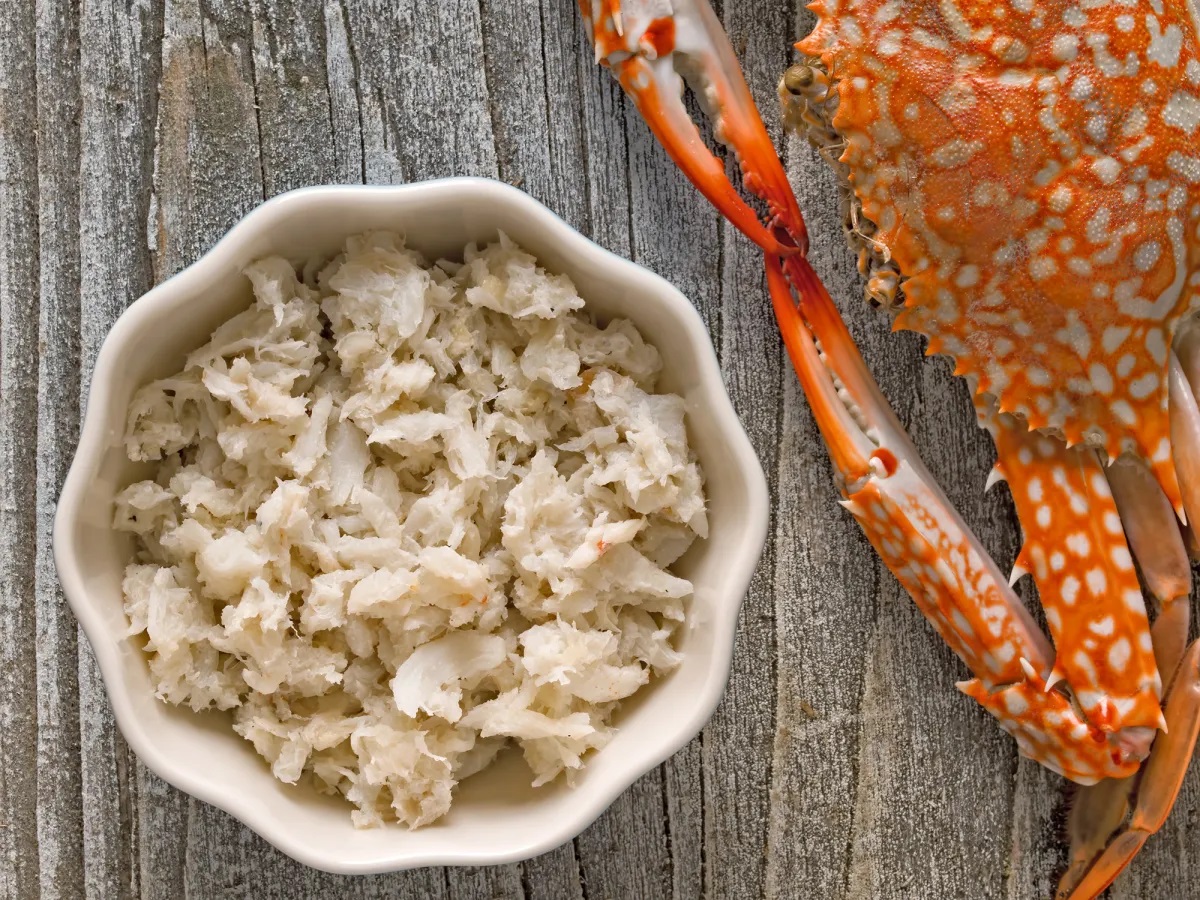
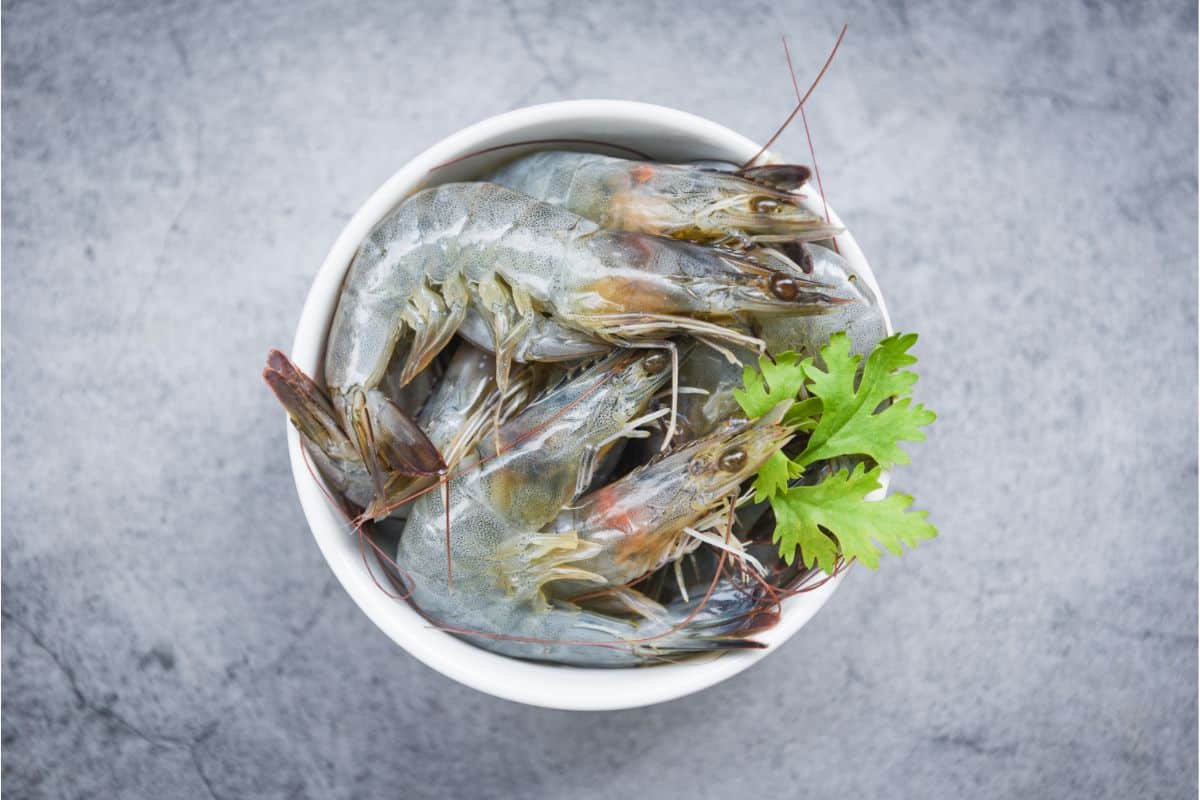
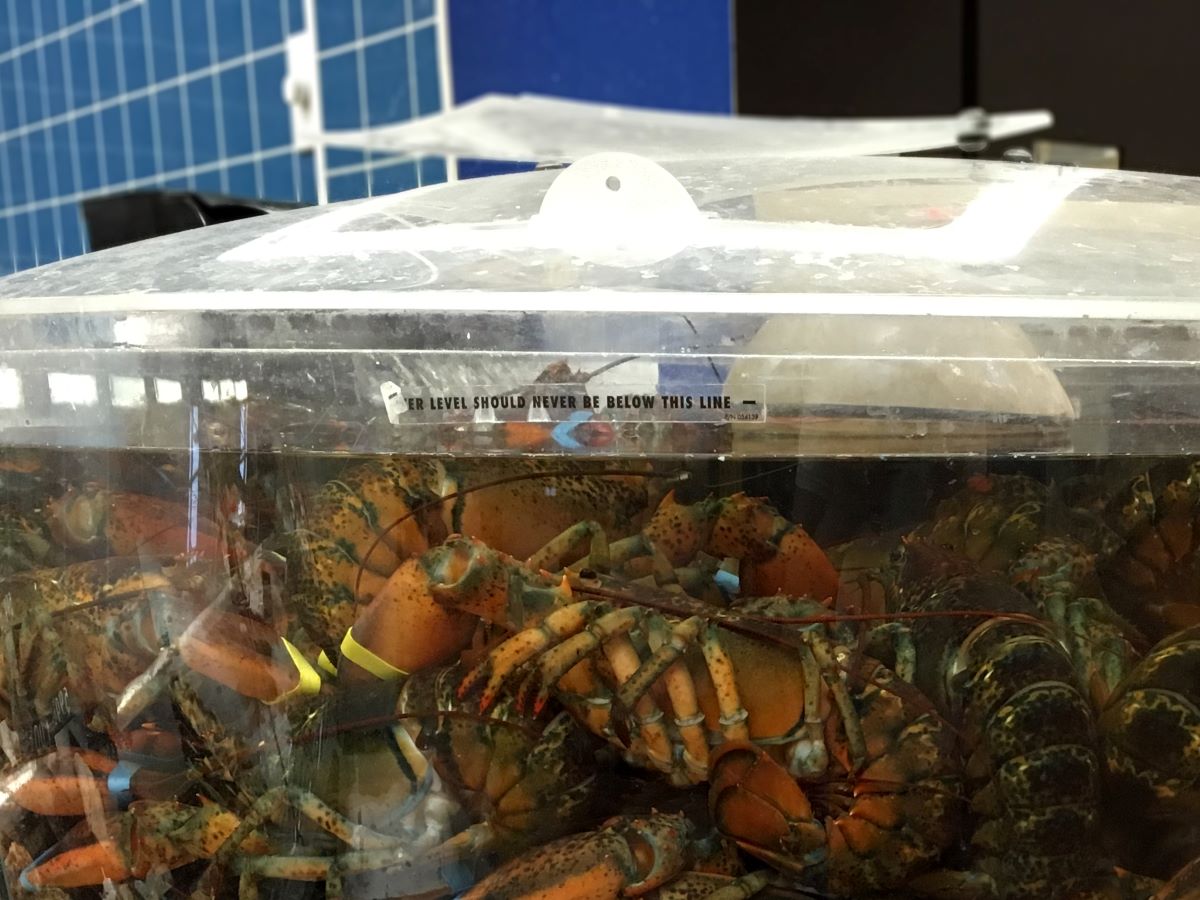
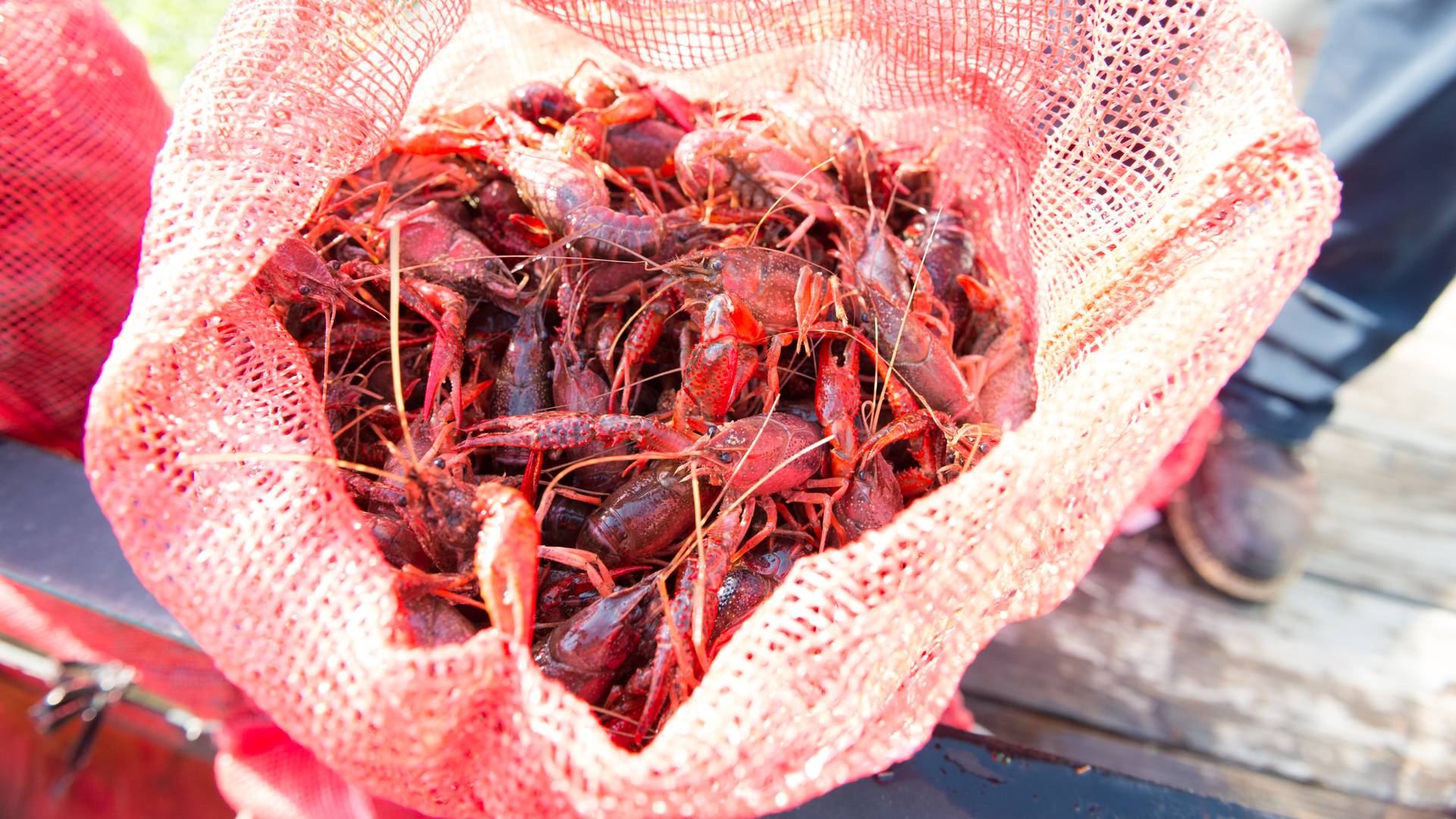
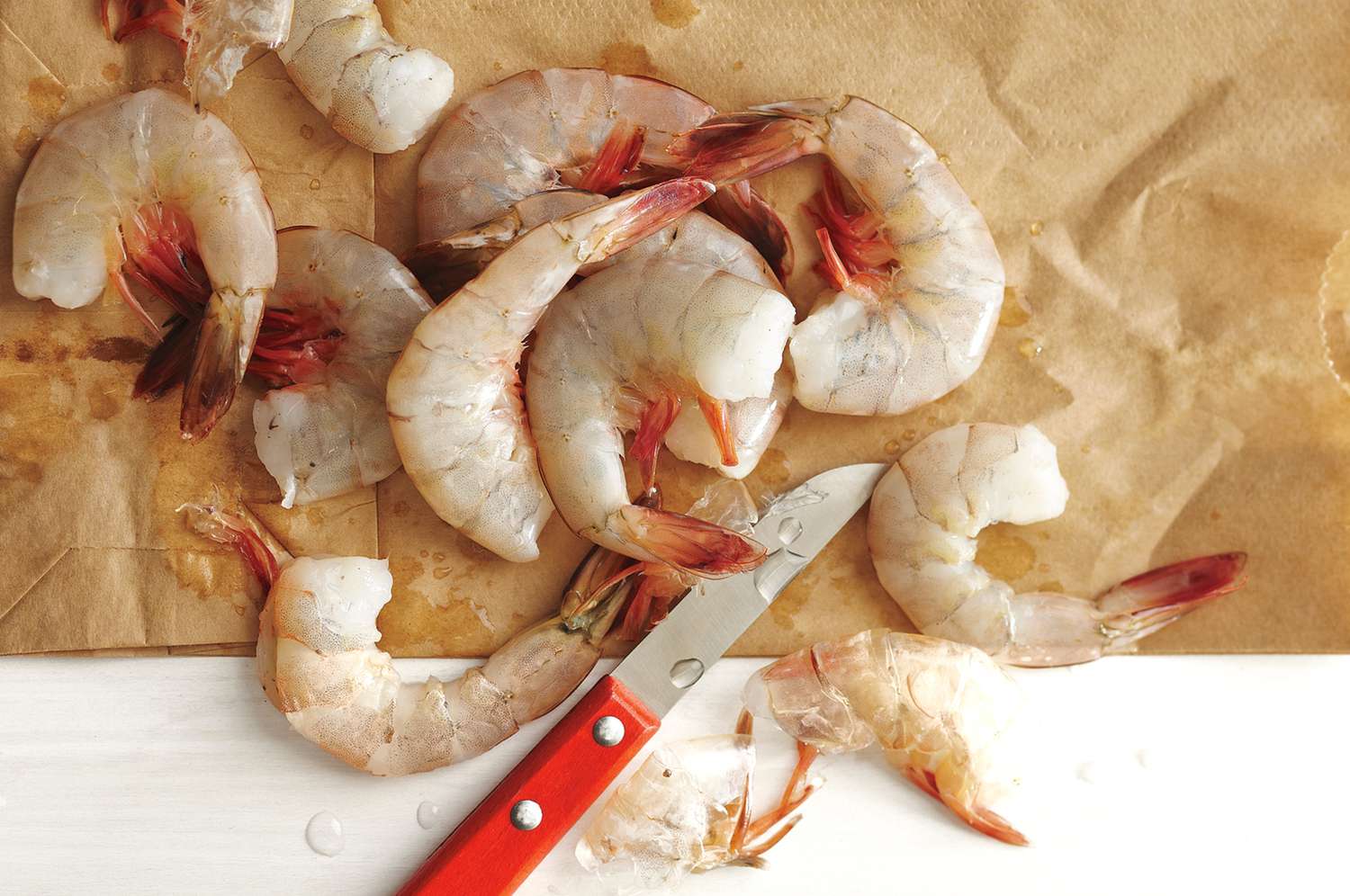
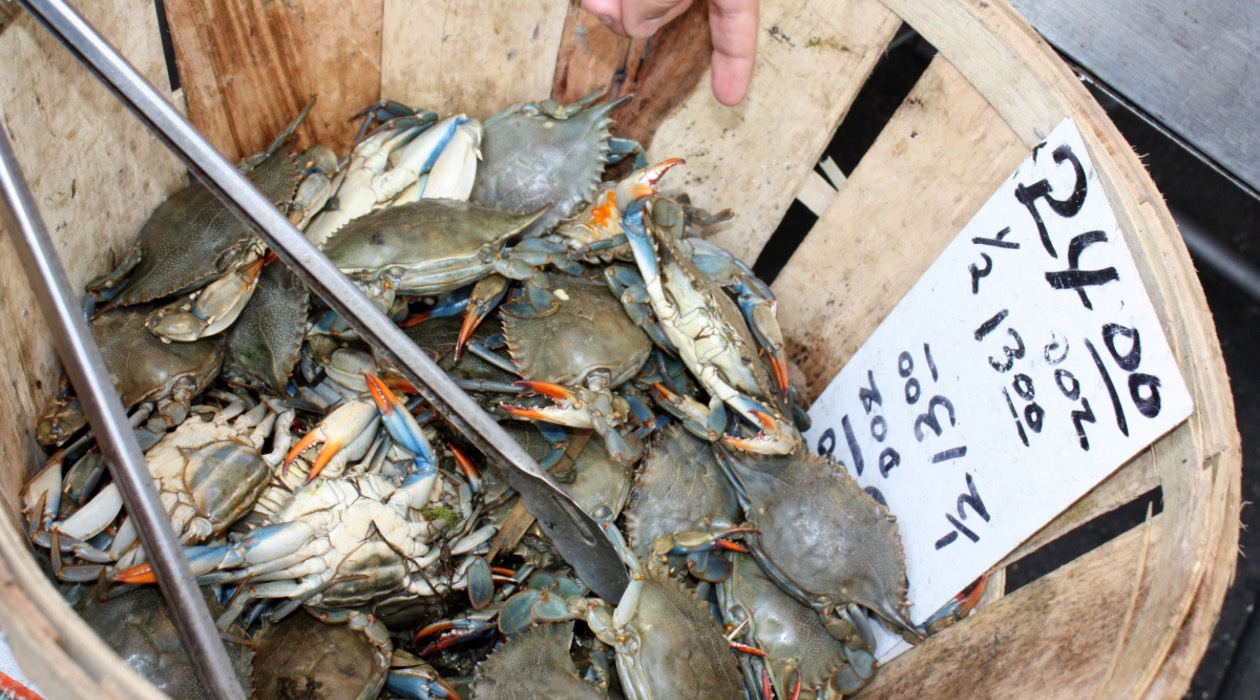
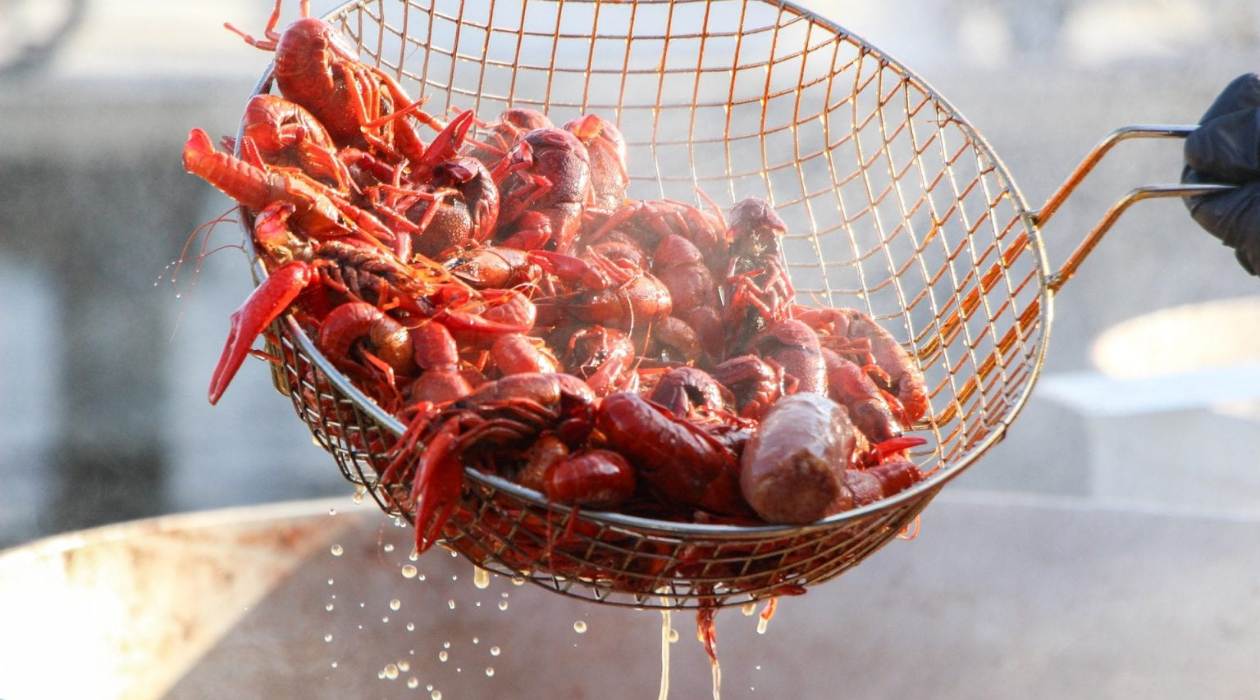
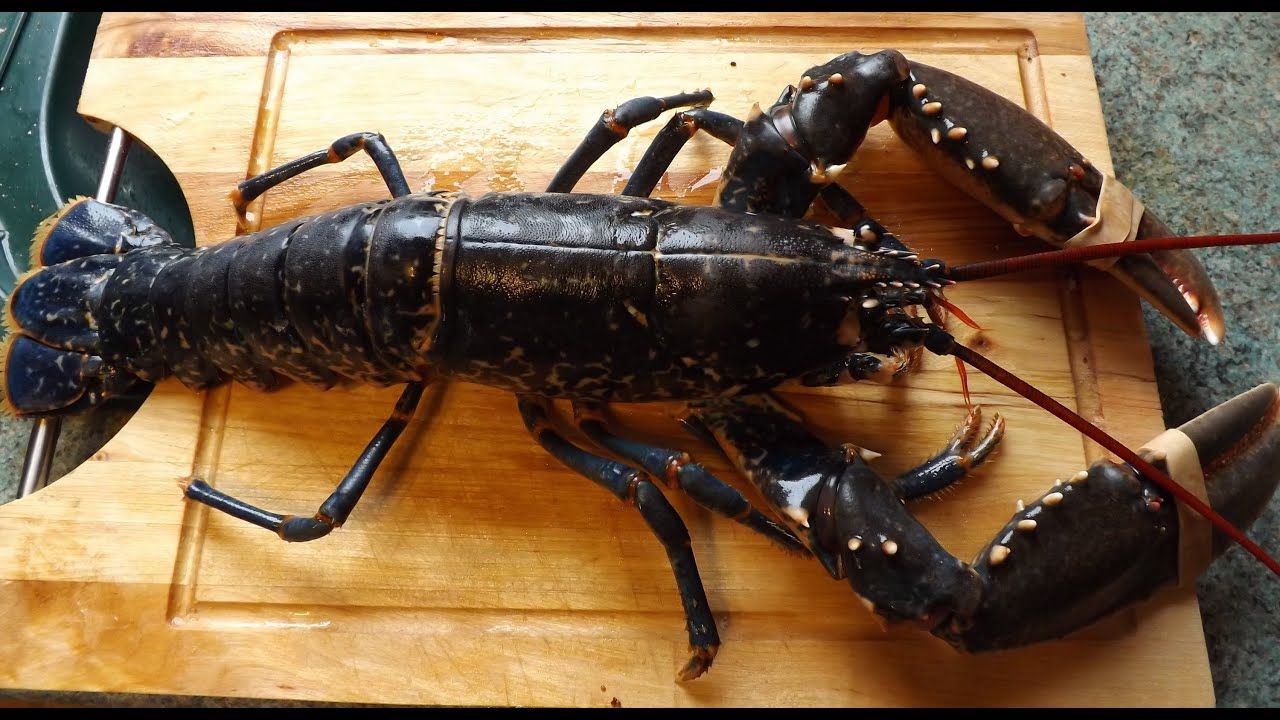

0 thoughts on “How To Store Cooked Crabs”